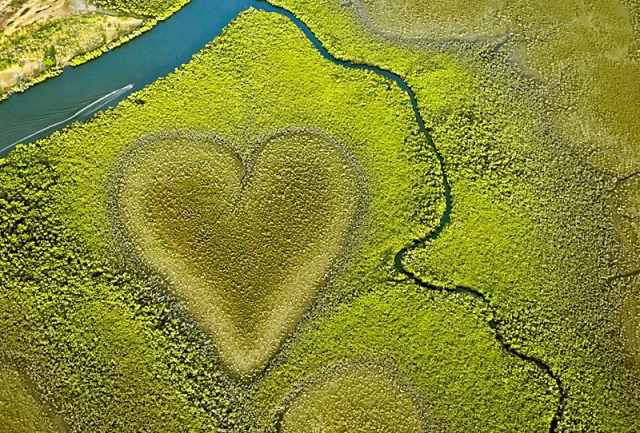What is so unusual and interesting in New Zealand? My favorite places and activities, and just thoughts about this country, where I stayed for 2 years. Pros and cons of…

Last Updated on December 2, 2023
New Caledonia was first discovered by Captain Cook in September 1774. The island is tricolor and similar to the French flag (a white strip of sand and coral reefs, the blue of the water, and the red mountains that frame the coast), which is quite funny because this territory belongs to France.
New Caledonia includes the main island of Grande Terre (with Nouméa – the capital) as well as big islands – Ouvéa, Tiga, Maré, and Lifou, altogether 140+ various islands. There are lots of things to see and to discover there!
James Cook named the island in 1774 – “New Caledonia”. It is the largest island in the archipelago.
The rock islands are not suitable for cultivation. Although now the island is still important in the global economy due to the extraction of nickel. Each year more than 65,000 tons of nickel are sent to Japan and France for further processing.
Find out more about New Caledonia:
The island of New Caledonia is located halfway between Fiji and Australia. It has an elongated shape of 384 km long and 48 wide. The island belongs to the region of Melanesia geographically.
The island is located on the same volcanic line that begins in southern New Zealand and extends to New Hybrids in the north. The land is rocky, there are many deposits of copper, gold, silver, and lead.
It is industrially developed and the largest city in the country. It’s called the Paris of the Pacific. In recent years the city is growing rapidly and is becoming an attractive destination for tourists. Here there are comfortable hotels, and in the Baie des Pêcheurs, there are often ships from New Zealand, Australia, and Fiji.
The average salary is around three times more than for example, in the New Hybrids. Therefore, you can often find visitors from several nearby islands.
Most of the population of the capital is French. In the rest of the Caledonia only half the population – are indigenous Melanesians. Among the others, there are Arabs and Somalis, Asians, and the inhabitants of the West Indies and Polynesia. However, the Caledonian population is looking for ways to approach other countries. Young people are a force of the base and the potential of the country. Most local authorities have organized programs for learning English, inviting outside teachers.
The tourists who arrived only a few hours from New Zealand or Australia enjoy the continental spirit of the island. Here you can find a lot of activities for all tastes. First of all, it’s about diving, of course, surfing and fishing. On the small island of Maule (Mouly Island) near Caledonia, you can spend a few hours observing the Pacific green turtle.
Island has the savannah of niauli trees (niaoulis) with delicate white bark and pale leaves. Sometimes in the trees, you can find a local bird (cagou). In general, up to 3,000 plant species can be found on the island, most of which have not been imported from Australia and New Zealand.